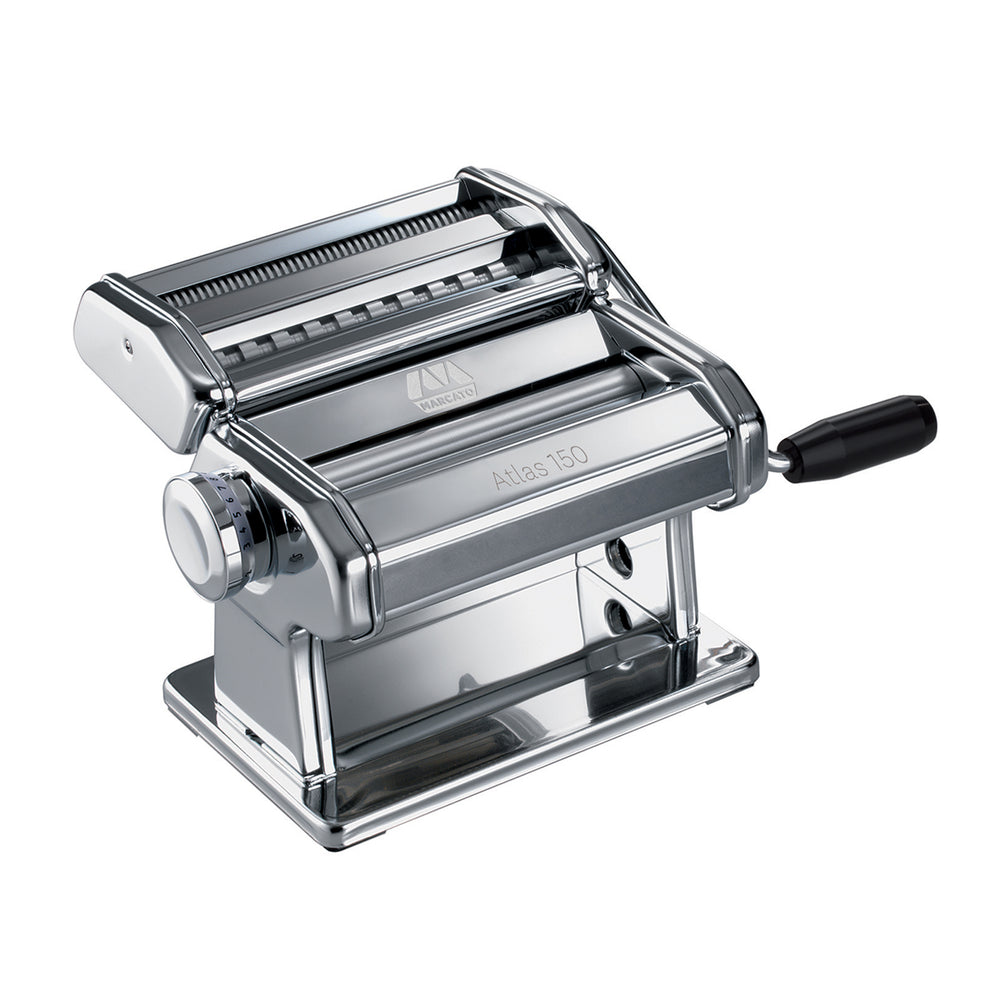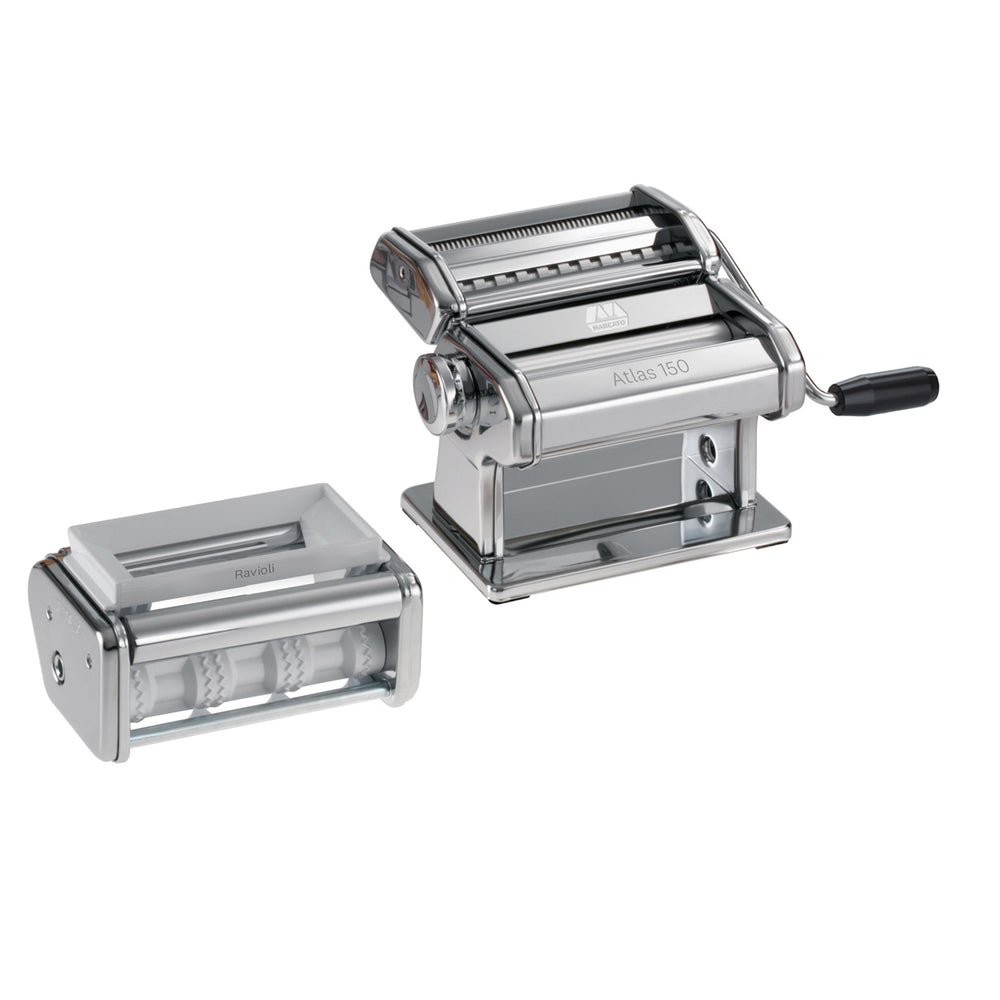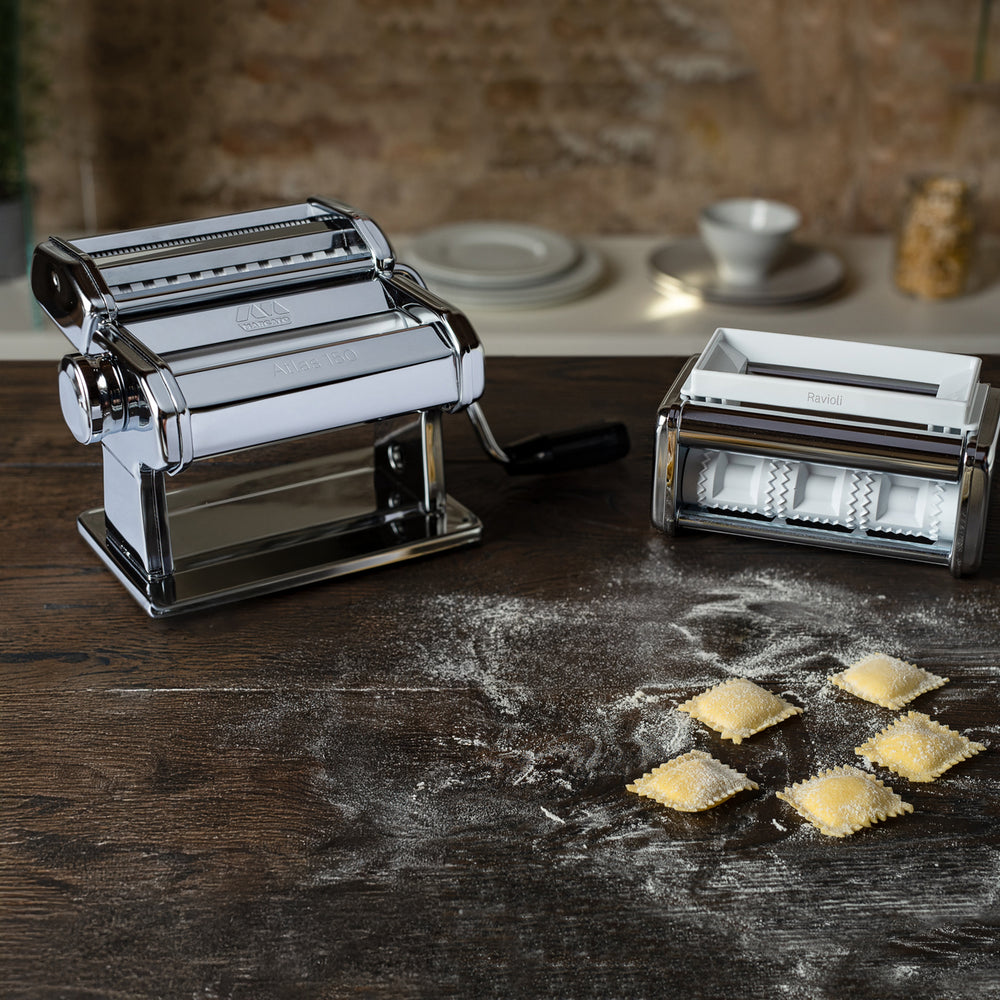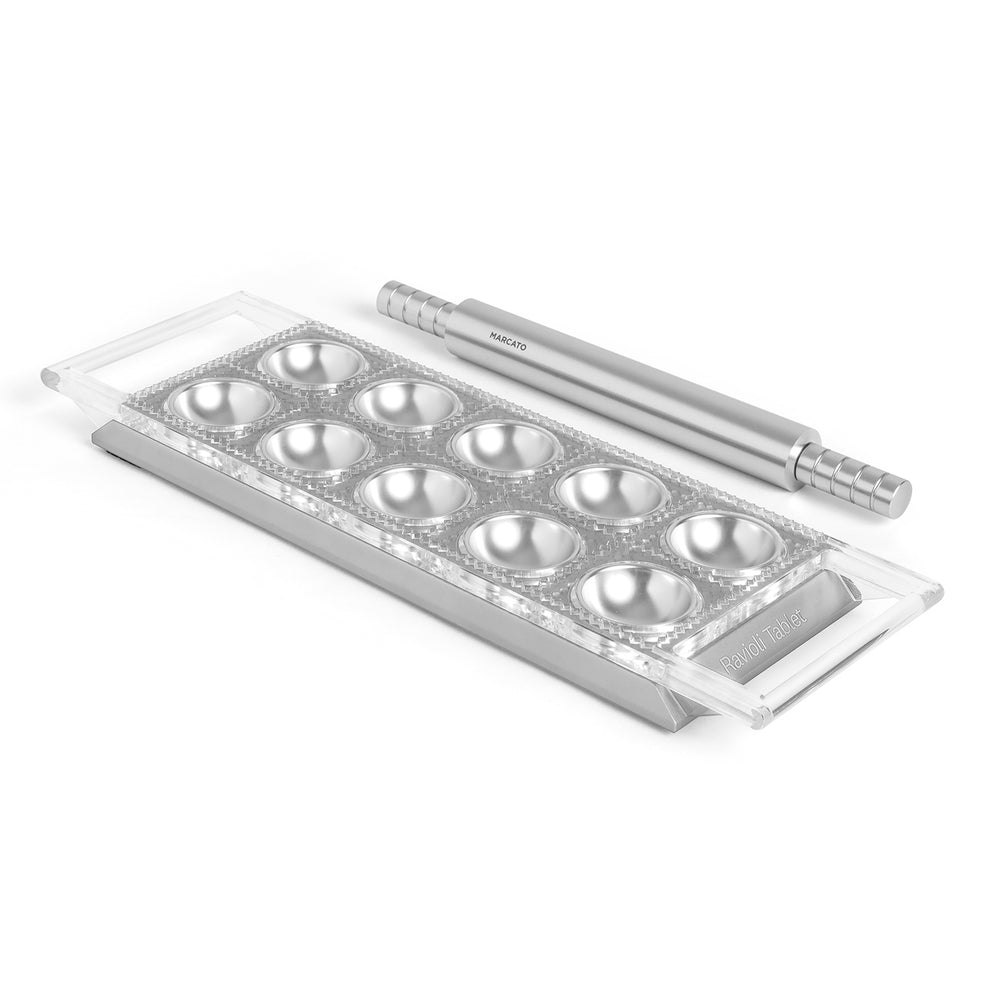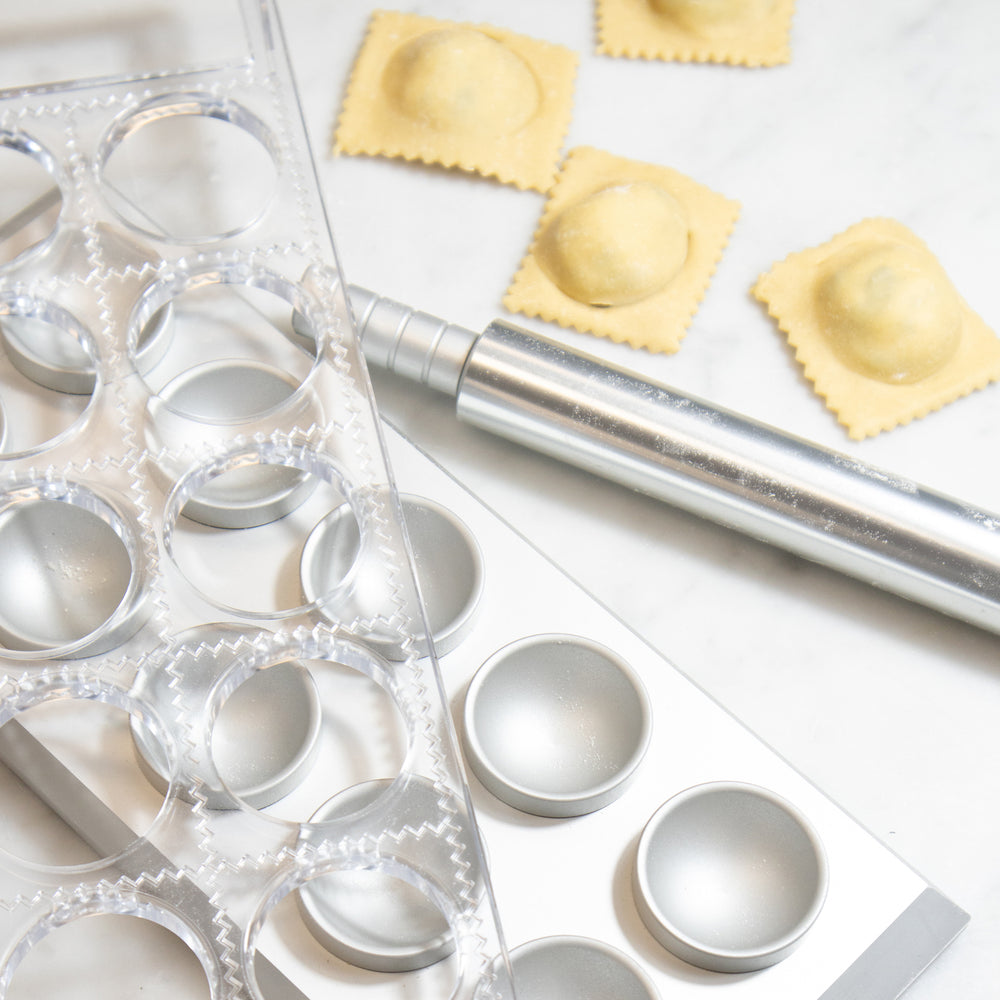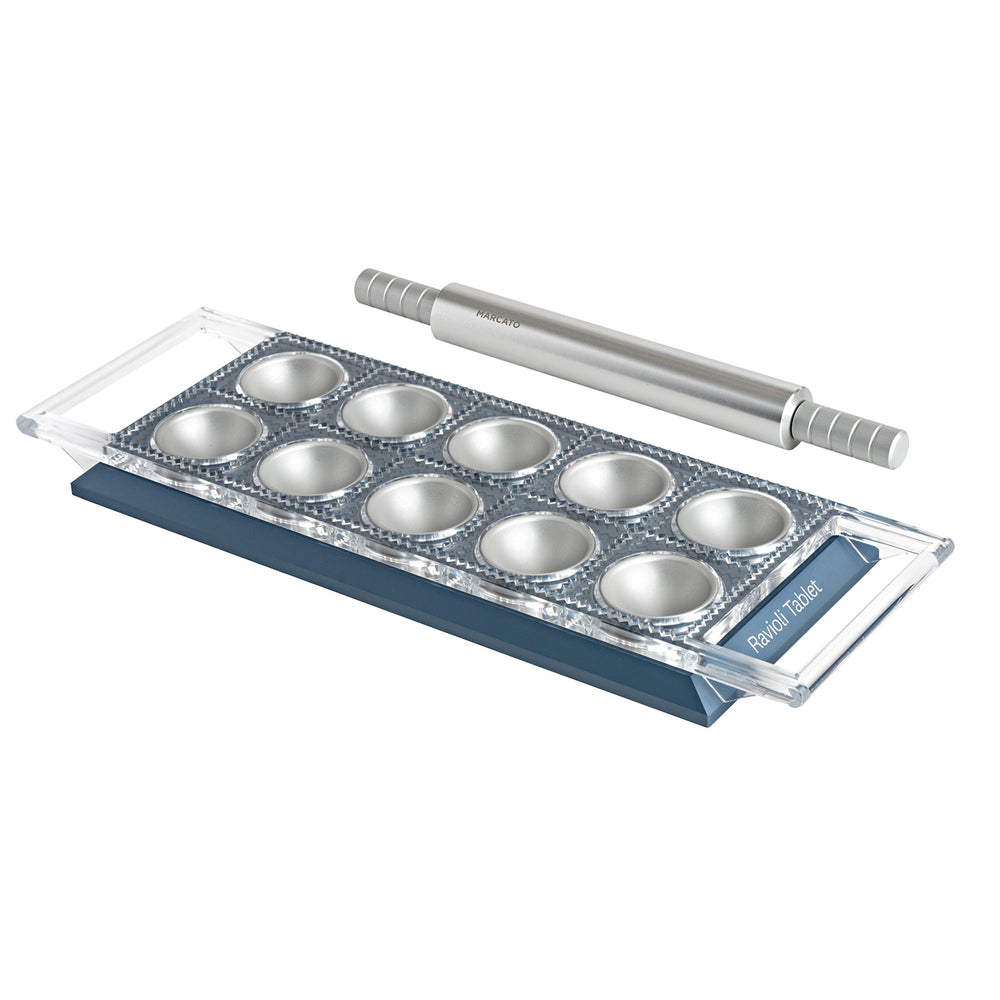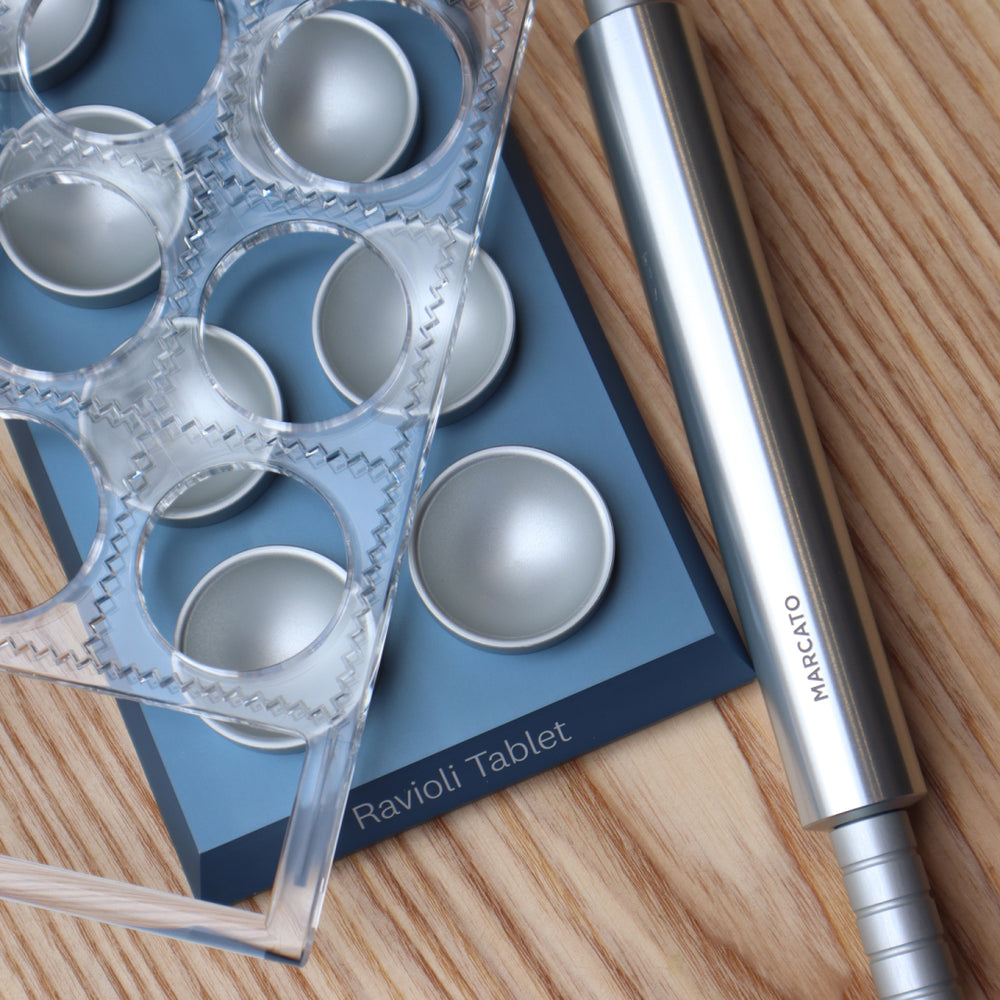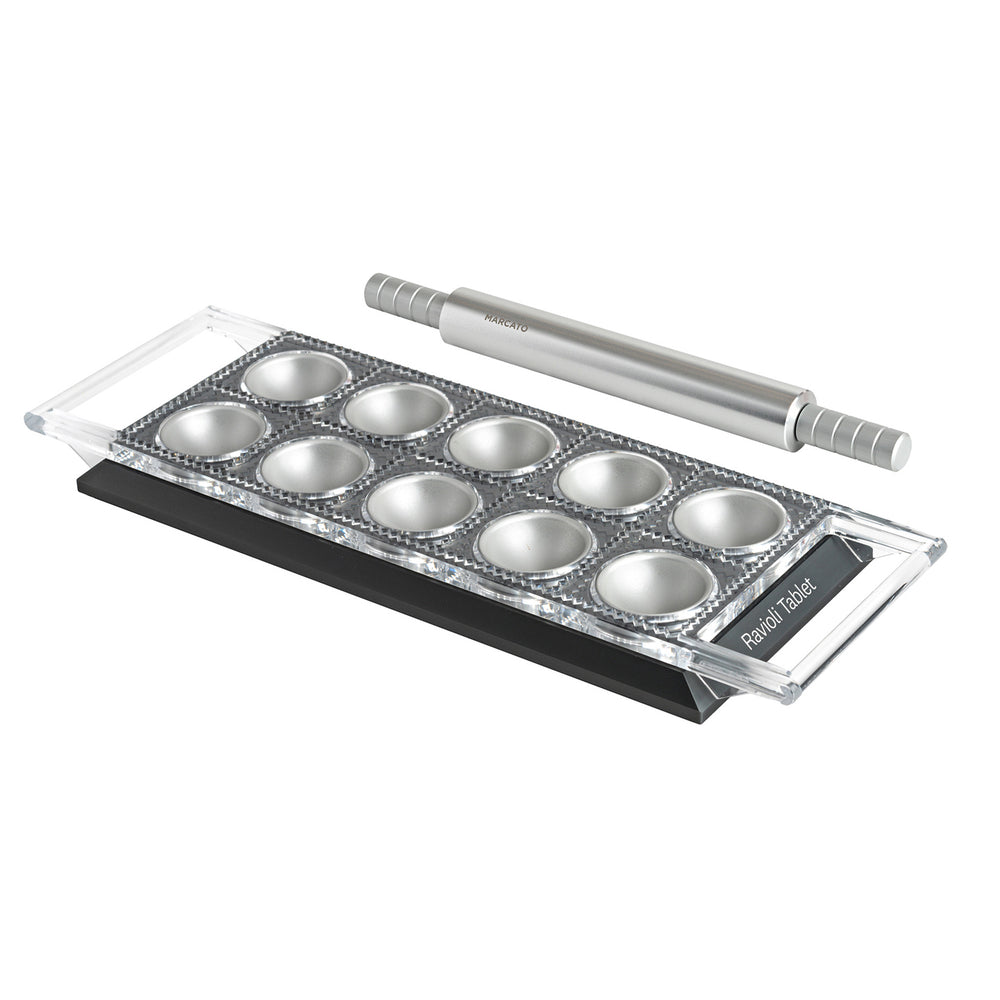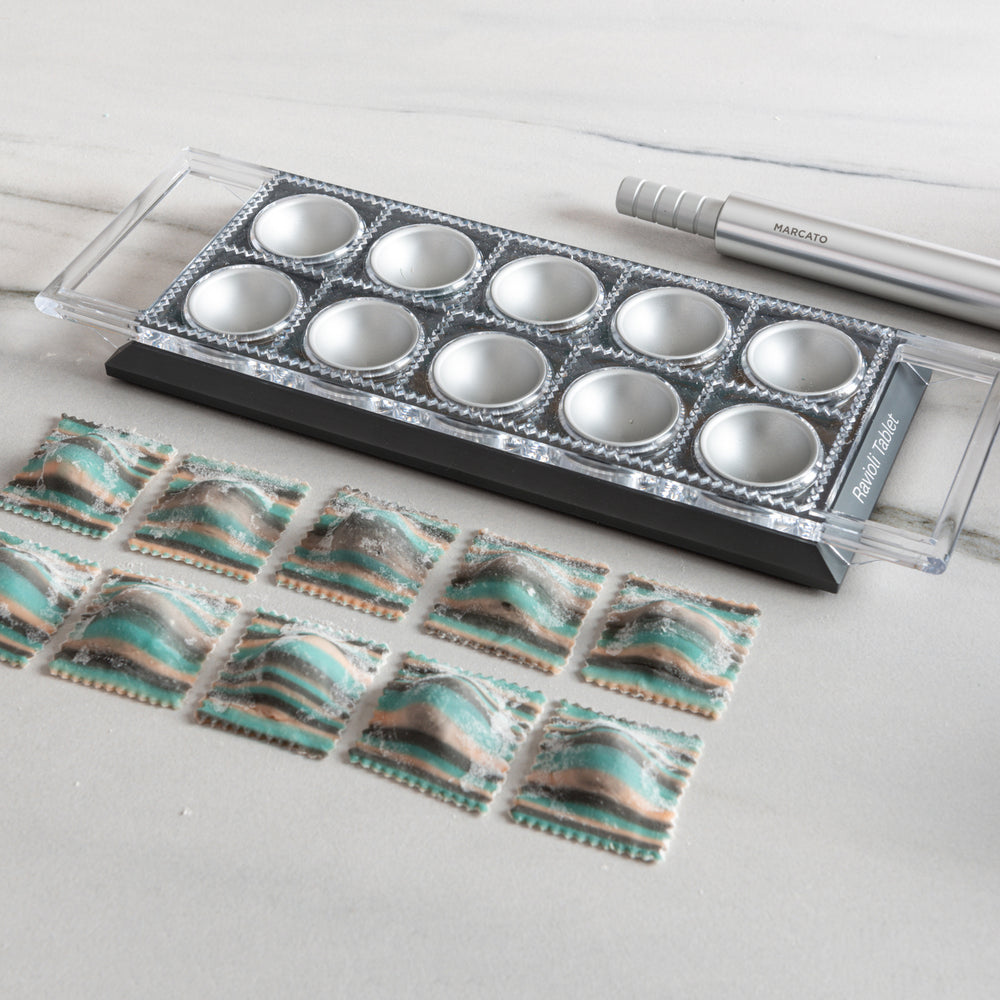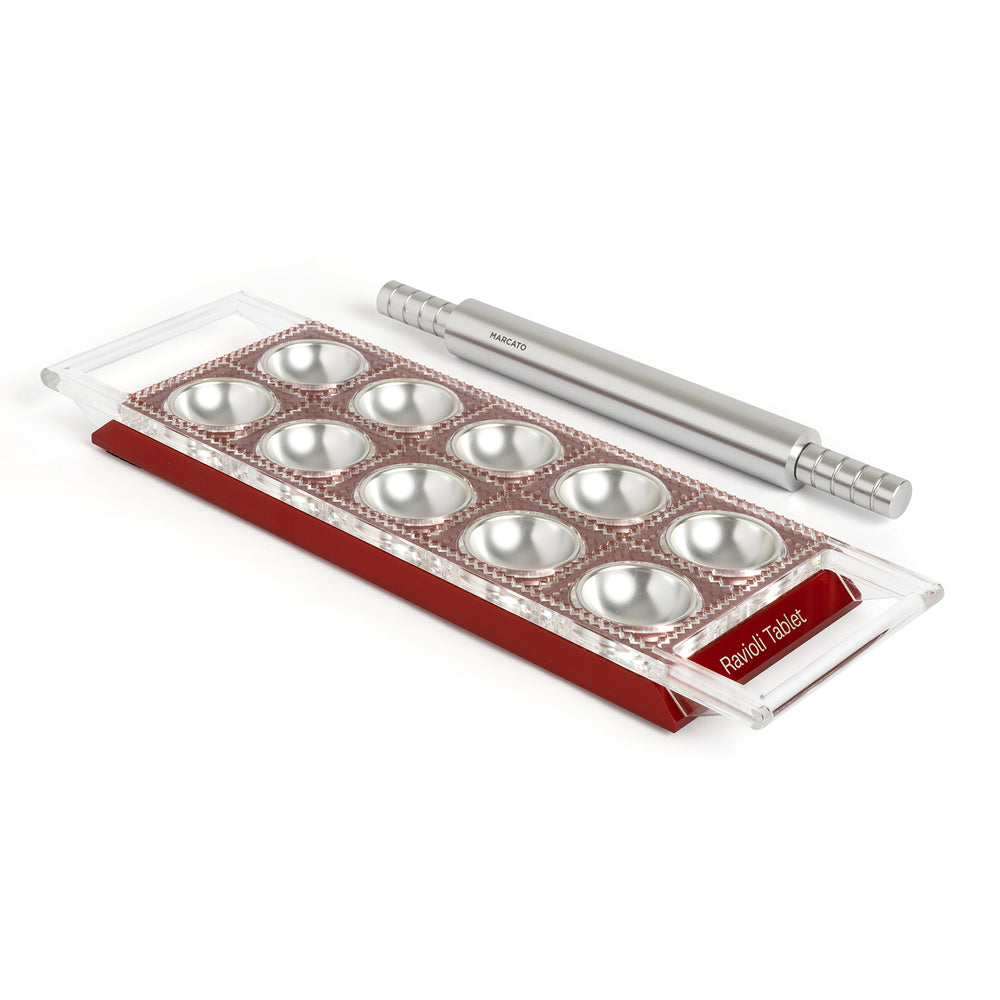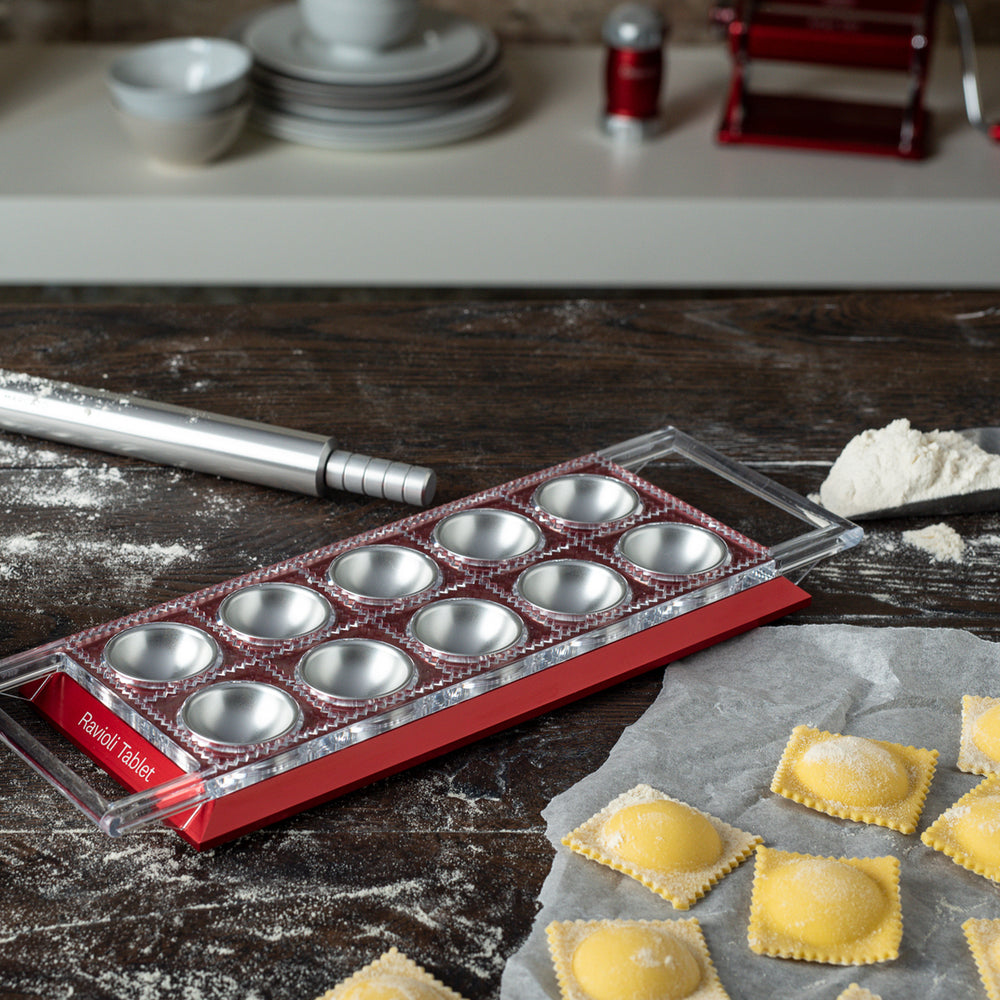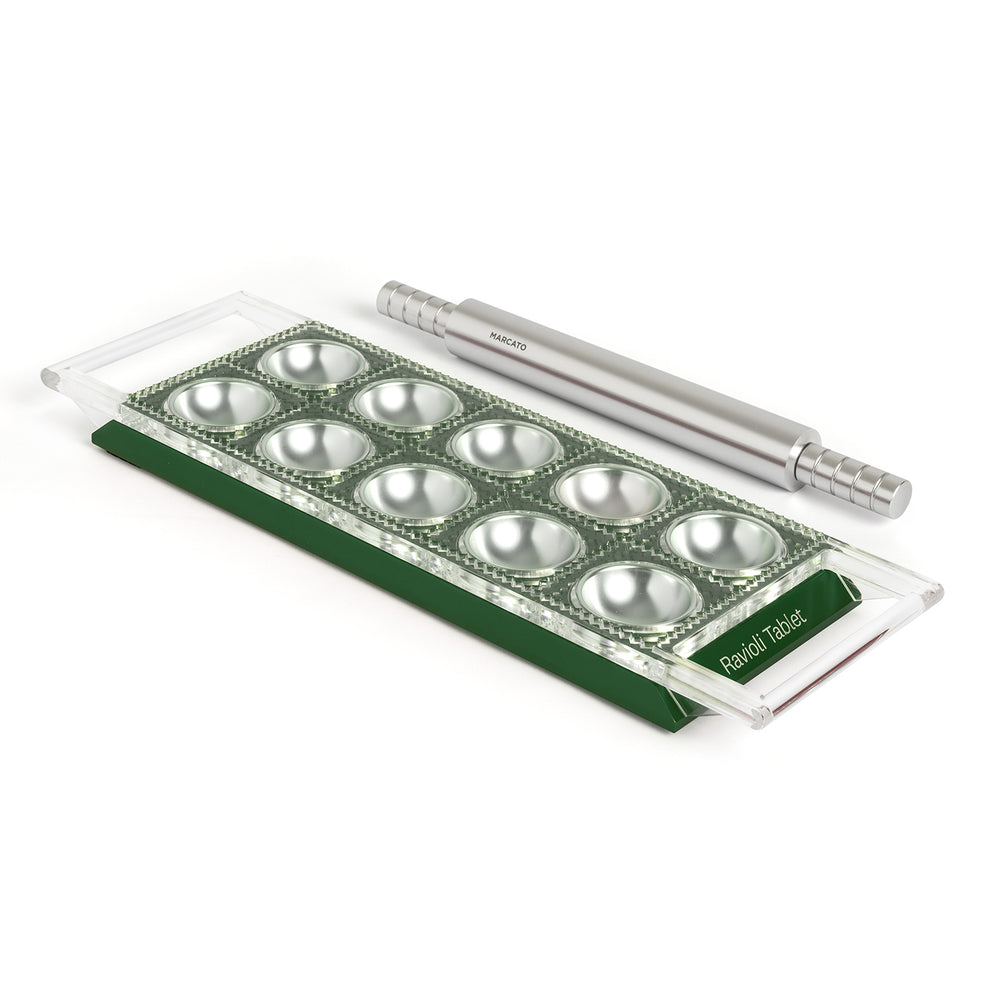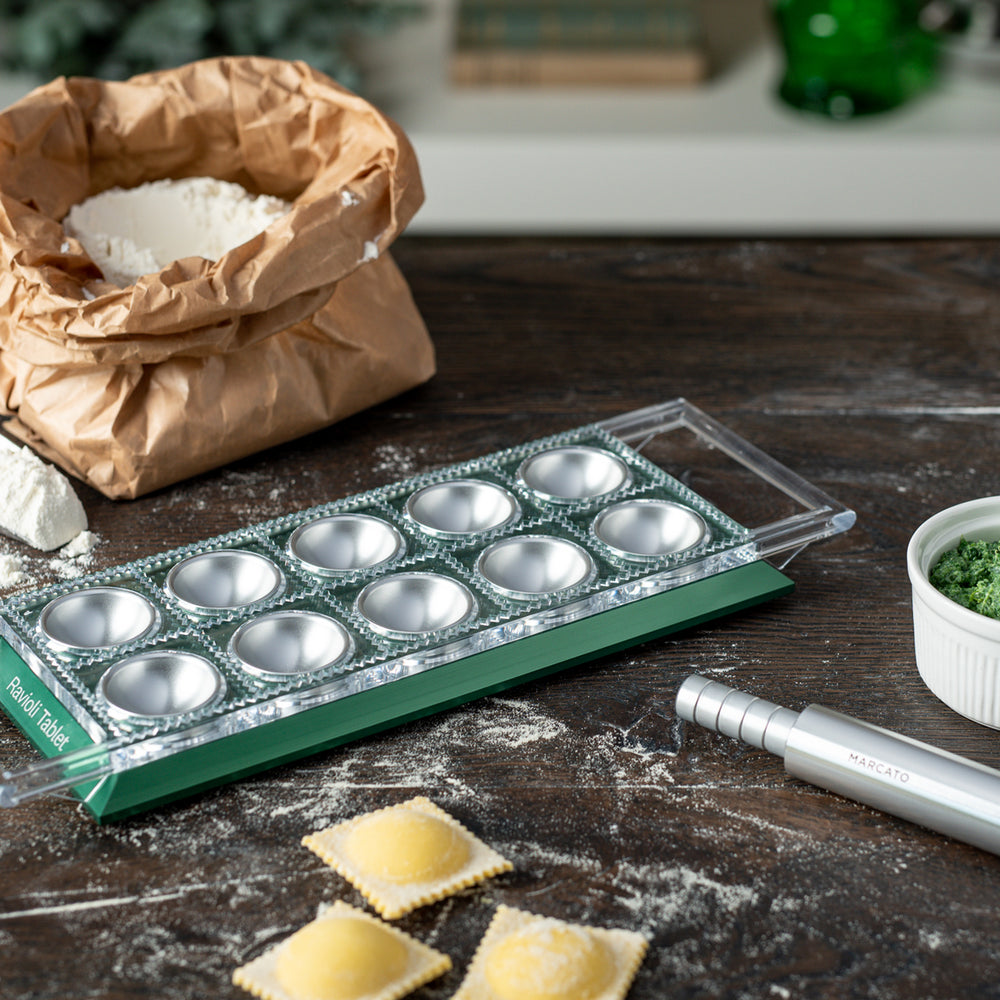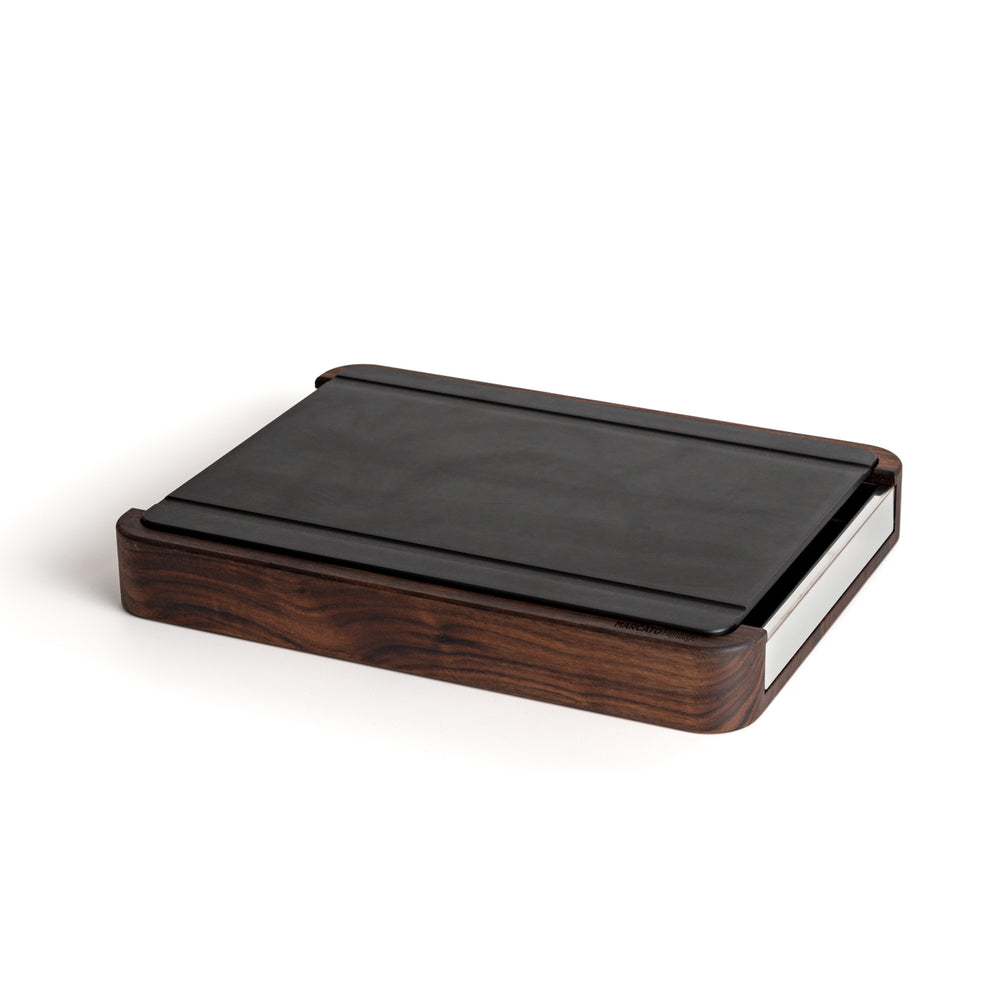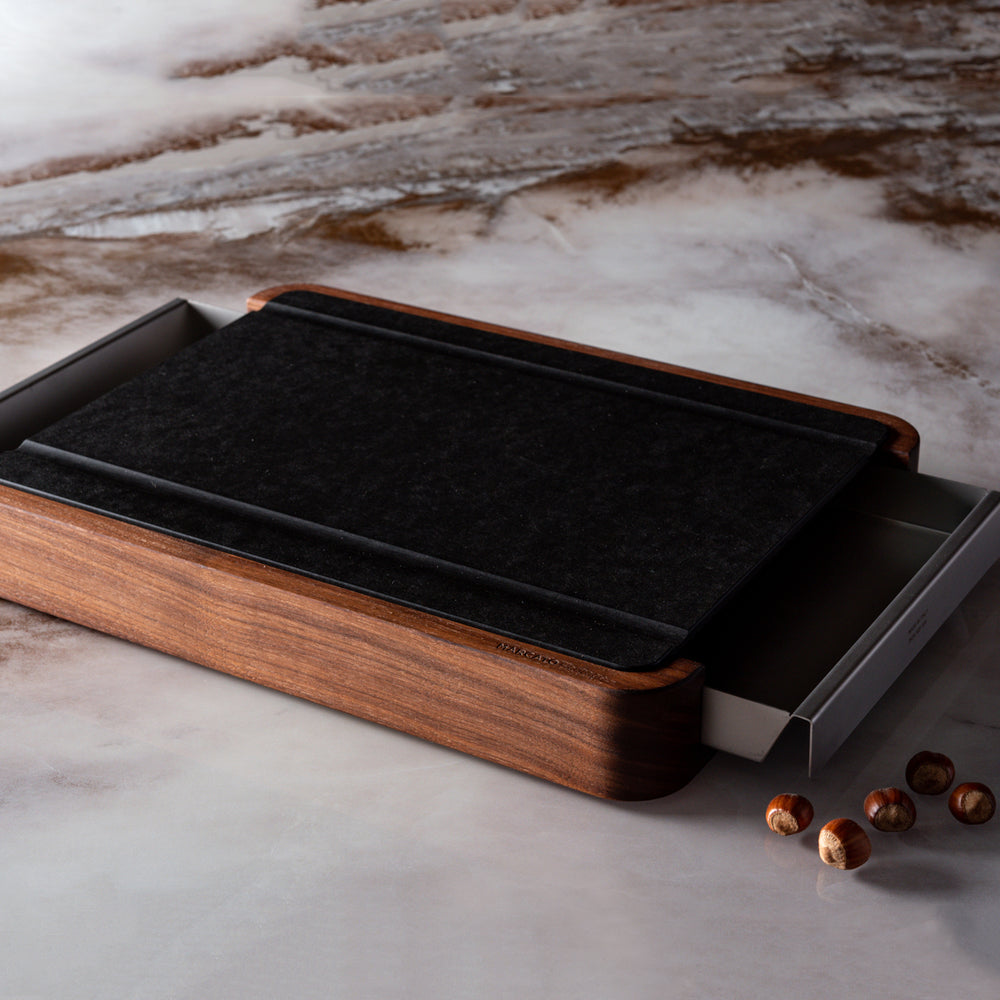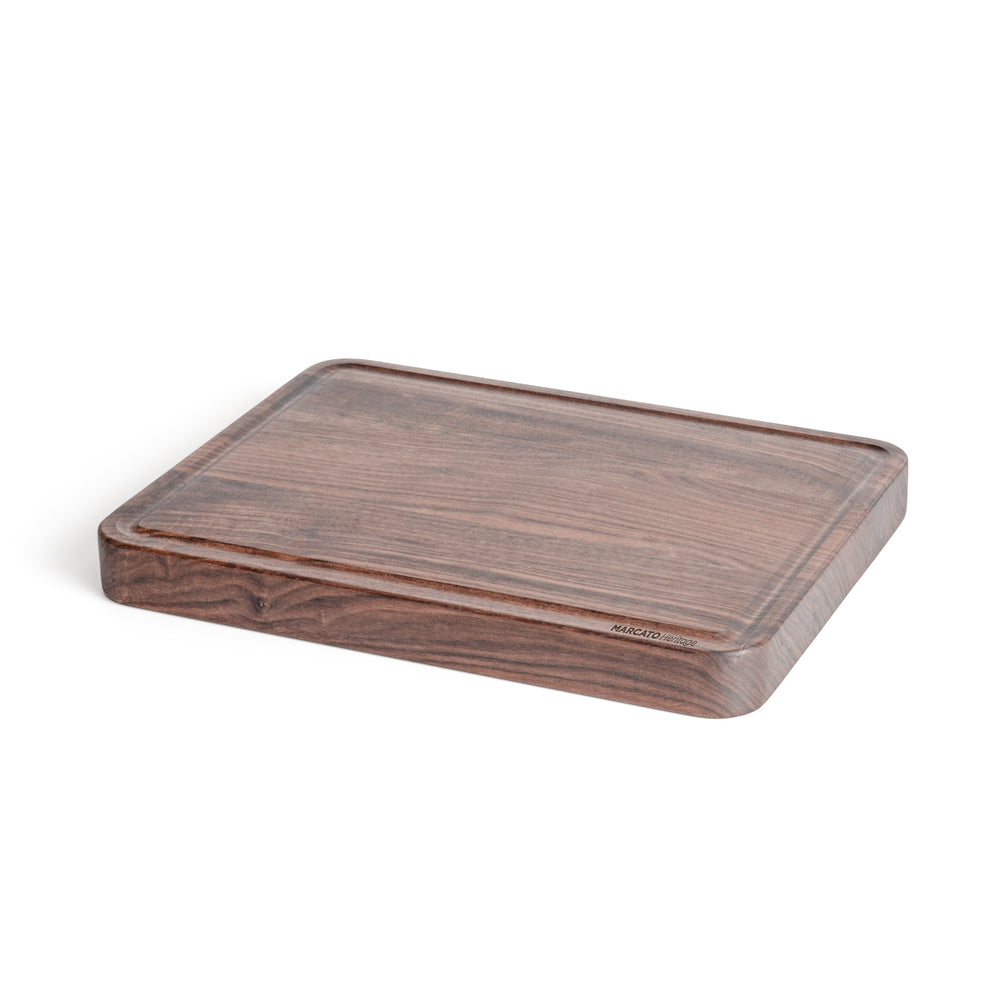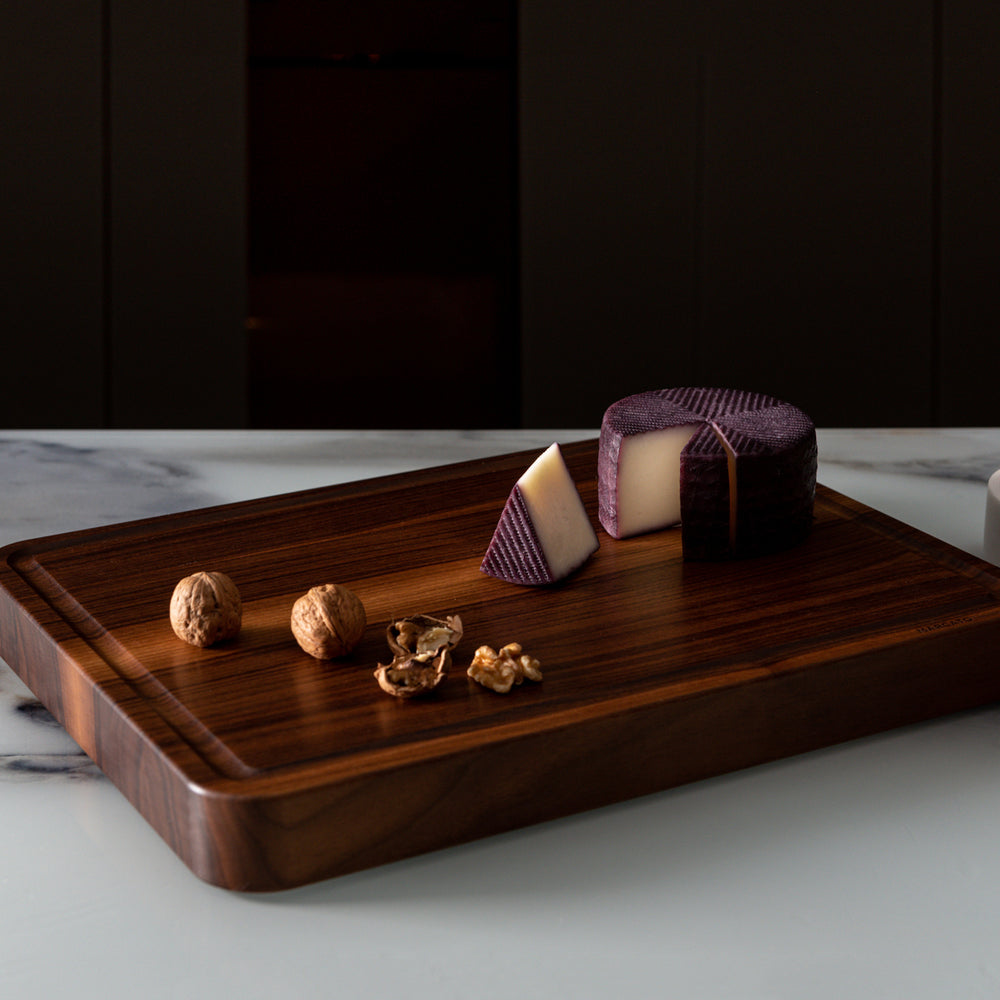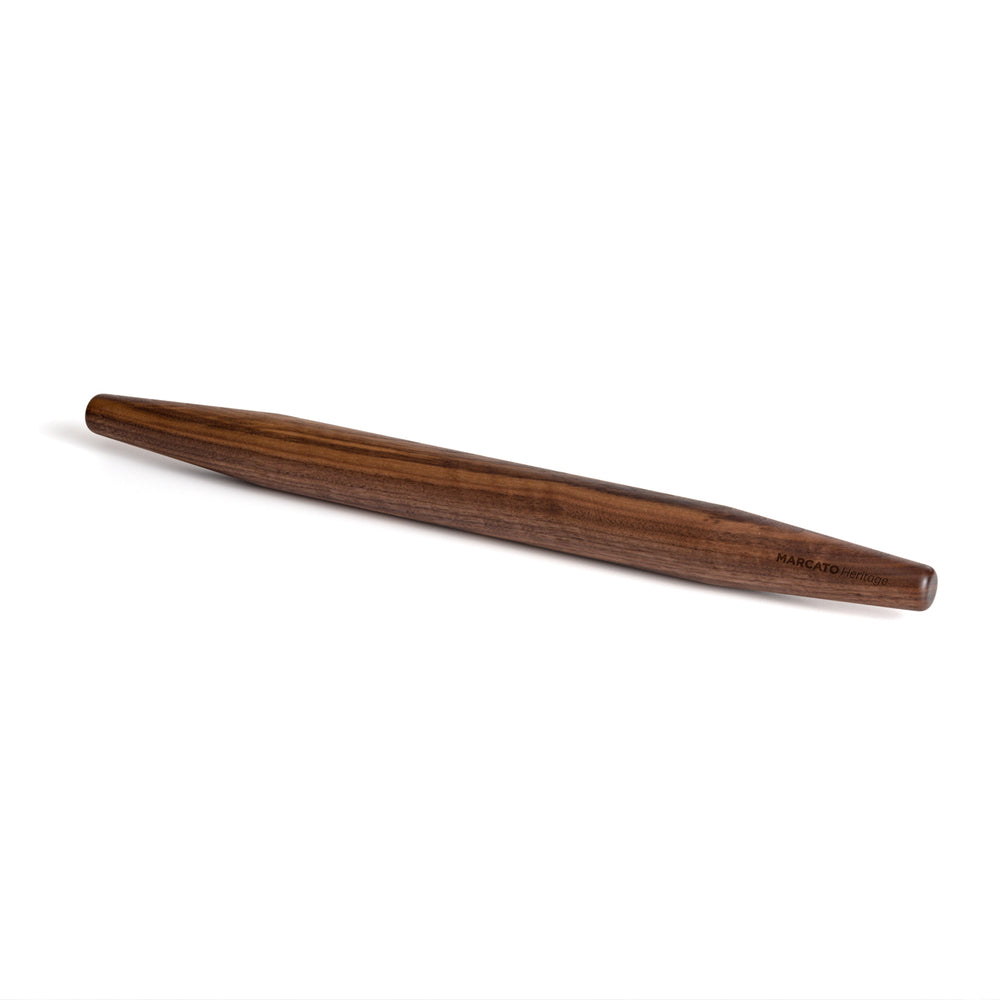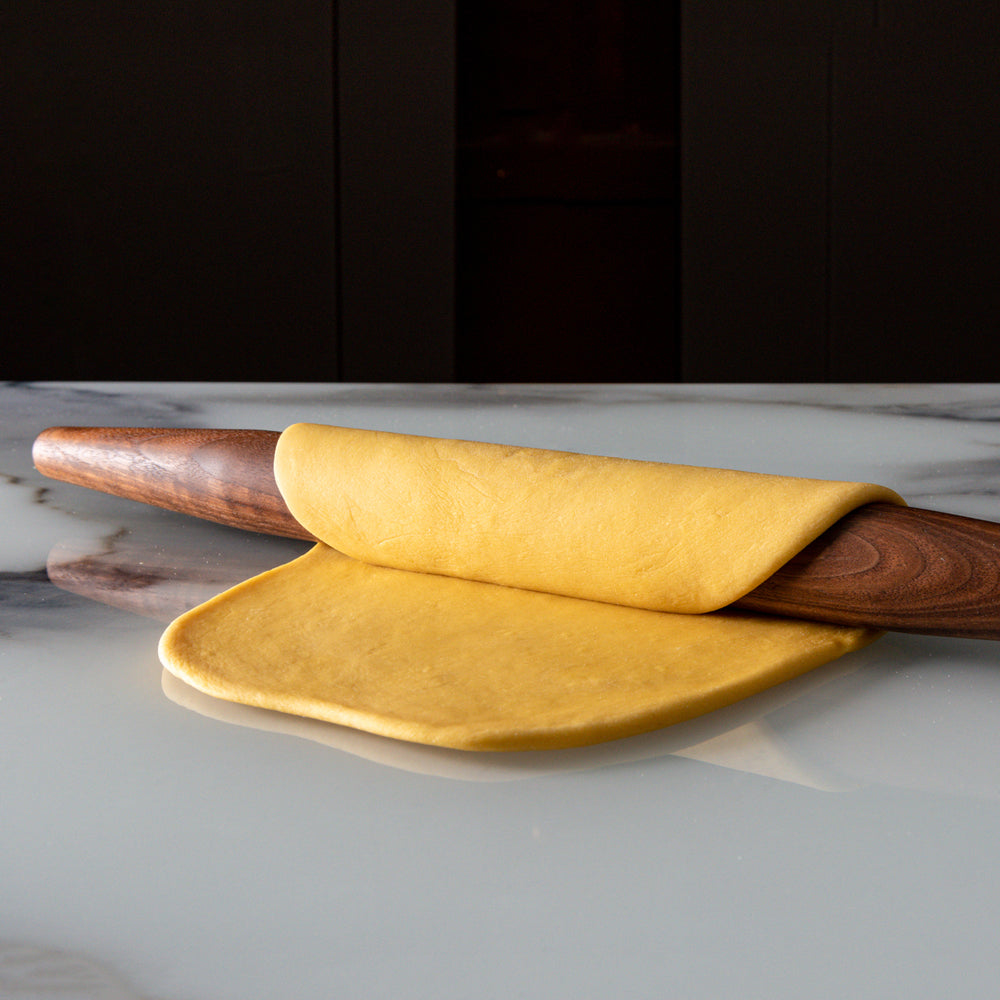Bruna's Truly Italian Lasagne
Serves 8-10 (one 34 x 25cm lasagne or deep roasting dish)
Ingredients
Bolognese:
2 onions, diced
Béchamel:
Assembling the Lasagne:
*If using dried pasta, use 'no-boil' lasagne sheets or pre-cook the lasagne sheets as described on the box
Method: Make the Bolognese
- Place oil in a large, heavy-bottomed pan, over medium heat, and add the garlic. Heat gently for two minutes. Add the onions and sauté for 5-10 minutes, until translucent.
- Add the veal, pork and beef and crumble the stock cube over the meat. Allow it all to brown slowly over medium heat. There should be some clear oil visible at the bottom of the pan. Season with salt and pepper.
- Add the celery and carrot and continue cooking for 5 minutes over medium heat. Meanwhile, prepare the tinned tomatoes by breaking them roughly in the can, using your hands, a knife, or scissors, so they don't burst in the pan.
- Add the tinned tomatoes and passata. Stir with the rest of the ingredients. Add spices and season further with salt and pepper to taste. Let the sauce cook for an hour to 1.5 hours over medium-low heat. Stir occasionally to break up any tomatoes and ensure the sauce is smooth. Season further with salt and pepper if needed. When finished, use in the recipe or, even better, make this sauce a day in advance, as the 24-hour rest intensifies its flavour.
Method: Make the Béchamel
- First things first: Be sure to make the béchamel right before you assemble the lasagne.
- Melt the butter slowly over low heat. Add the flour gradually to make a smooth paste, whisking constantly as you go.
- Add milk gradually, no more than one cup at a time, stirring over medium heat until it thickens, making sure to remove any lumps. It should be thick but easily pourable. If it is too thick, raise the heat to medium and add more milk.
- Add 3/4 of the béchamel sauce to the meat sauce and save the rest for the top of the lasagne.
Method: Assemble
- Pour a little of the meat sauce into the bottom of a 34 x 25cm lasagne dish (this will help prevent the lasagne sticking to the bottom).
- Fully cover the sauce with one layer of the pasta, then add another layer of the sauce and sprinkle with both of the grated cheeses.
- Repeat until you’ve reached the fourth layer of pasta. Cover this with the sauce, and drizzle the remaining béchamel sauce over the top, while sprinkling on a final layer of grated cheese.
- If you’re cooking the lasagne immediately, then cover with foil and bake at 220°C/200°C fan for 45-50 minutes for fresh pasta; add an extra 10 minutes for dried pasta. Remove the foil for the last 10 minutes to allow the top layer to brown. You’ll know it’s properly cooked when your fork passes easily through the lasagne and it's heated all the way through.
- If you would want to serve it the next day, bake the lasagne for around half an hour now (add extra 10 minutes for dried pasta), allow to cool, and place in the fridge. On the day of serving, remove from the fridge an hour before you want to bake, then bake at 220°C/200°C fan for 30 minutes or until piping hot in the middle.
BK Tips
- If you can't find veal mince, substitute with 125g beef mince and 125g pork mince.
- You can try different types of Italian cheese as well, but they should be low-moisture, such as Mozzarella Cucina (low-moisture mozzarella).
- You can freeze the lasagne before cooking, provided you're using a freezer-safe dish for up to 3 months. Cover with 2 layers of foil and allow to defrost all day in the fridge before cooking as normal.
- You can also make ready-to-heat frozen slices for future meals, which are ready in under 10 minutes. To do so, cook the lasagne and allow it to cool completely. Slice the lasagne into individual portions, then carefully wrap with cling film and foil to protect it from the freezer. Pull these out and warm in the microwave or reheat in an oven or steam oven until piping hot in the middle. These are freezer-safe for up to 3 months.

